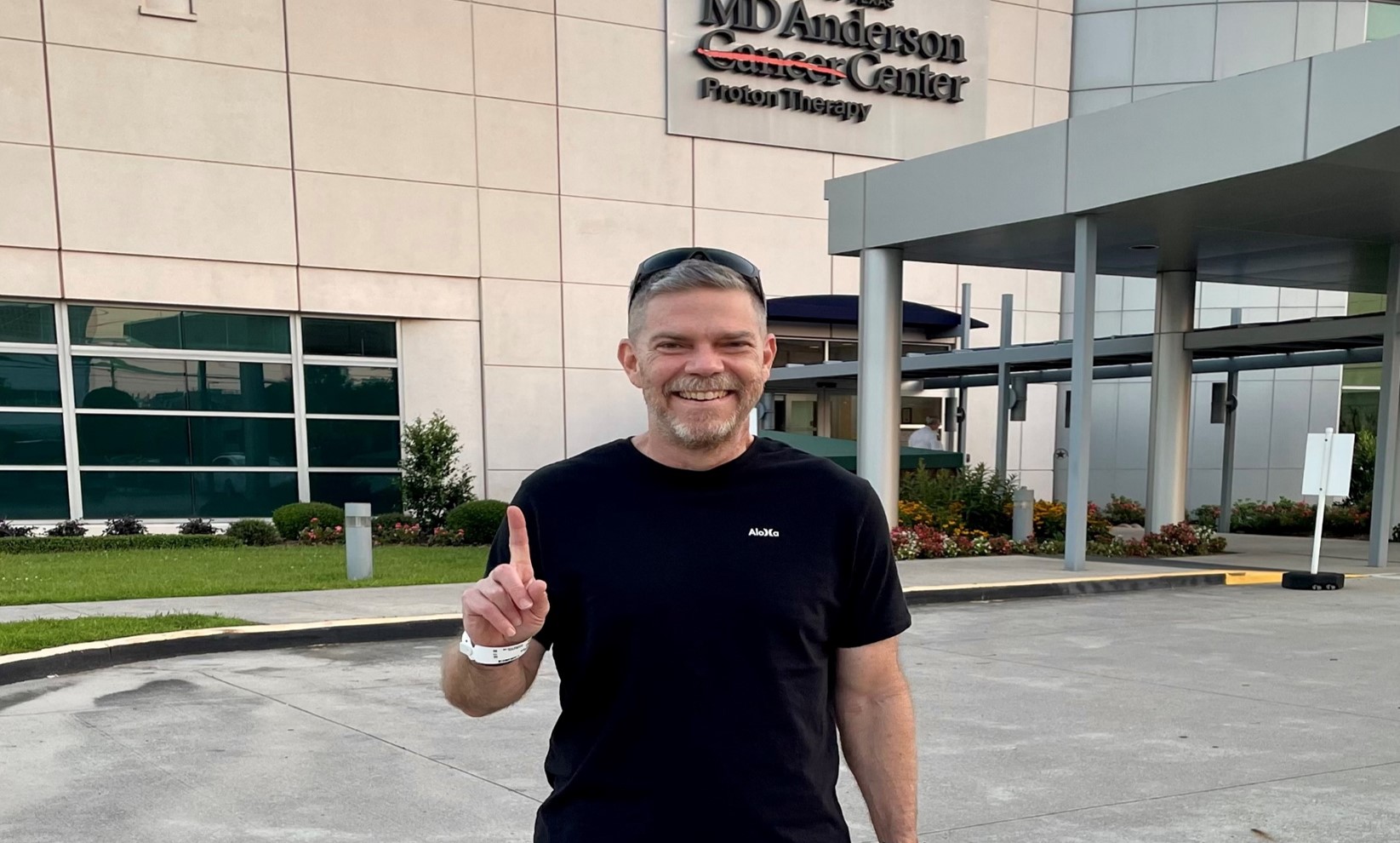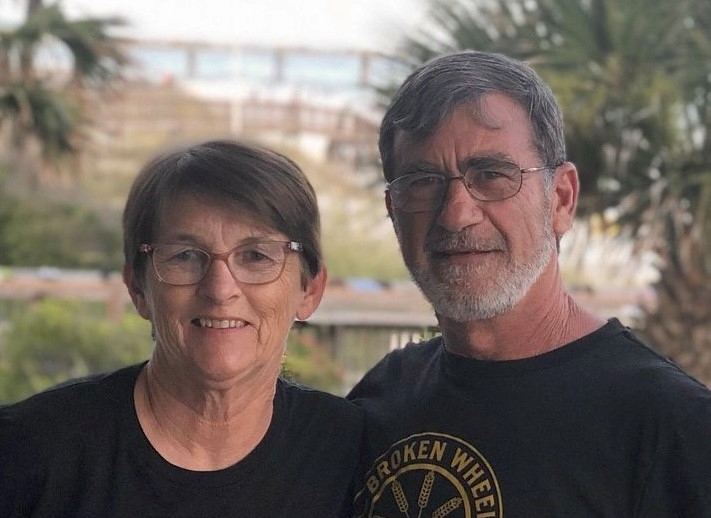- Diseases
- Acoustic Neuroma (14)
- Adrenal Gland Tumor (24)
- Anal Cancer (68)
- Anemia (2)
- Appendix Cancer (16)
- Bile Duct Cancer (26)
- Bladder Cancer (72)
- Brain Metastases (28)
- Brain Tumor (232)
- Breast Cancer (714)
- Breast Implant-Associated Anaplastic Large Cell Lymphoma (2)
- Cancer of Unknown Primary (4)
- Carcinoid Tumor (8)
- Cervical Cancer (158)
- Colon Cancer (166)
- Colorectal Cancer (118)
- Endocrine Tumor (4)
- Esophageal Cancer (44)
- Eye Cancer (36)
- Fallopian Tube Cancer (8)
- Germ Cell Tumor (4)
- Gestational Trophoblastic Disease (2)
- Head and Neck Cancer (12)
- Kidney Cancer (128)
- Leukemia (342)
- Liver Cancer (50)
- Lung Cancer (286)
- Lymphoma (278)
- Mesothelioma (14)
- Metastasis (30)
- Multiple Myeloma (100)
- Myelodysplastic Syndrome (60)
- Myeloproliferative Neoplasm (6)
- Neuroendocrine Tumors (16)
- Oral Cancer (100)
- Ovarian Cancer (172)
- Pancreatic Cancer (160)
- Parathyroid Disease (2)
- Penile Cancer (14)
- Pituitary Tumor (6)
- Prostate Cancer (146)
- Rectal Cancer (58)
- Renal Medullary Carcinoma (6)
- Salivary Gland Cancer (14)
- Sarcoma (238)
- Skin Cancer (296)
- Skull Base Tumors (56)
- Spinal Tumor (12)
- Stomach Cancer (64)
- Testicular Cancer (28)
- Throat Cancer (92)
- Thymoma (6)
- Thyroid Cancer (98)
- Tonsil Cancer (30)
- Uterine Cancer (80)
- Vaginal Cancer (16)
- Vulvar Cancer (20)
- Cancer Topic
- Adolescent and Young Adult Cancer Issues (20)
- Advance Care Planning (10)
- Biostatistics (2)
- Blood Donation (18)
- Bone Health (8)
- COVID-19 (362)
- Cancer Recurrence (120)
- Childhood Cancer Issues (120)
- Clinical Trials (632)
- Complementary Integrative Medicine (22)
- Cytogenetics (2)
- DNA Methylation (4)
- Diagnosis (232)
- Epigenetics (6)
- Fertility (62)
- Follow-up Guidelines (2)
- Health Disparities (14)
- Hereditary Cancer Syndromes (126)
- Immunology (18)
- Li-Fraumeni Syndrome (8)
- Mental Health (116)
- Molecular Diagnostics (8)
- Pain Management (62)
- Palliative Care (8)
- Pathology (10)
- Physical Therapy (18)
- Pregnancy (18)
- Prevention (918)
- Research (392)
- Second Opinion (74)
- Sexuality (16)
- Side Effects (604)
- Sleep Disorders (10)
- Stem Cell Transplantation Cellular Therapy (216)
- Support (402)
- Survivorship (322)
- Symptoms (182)
- Treatment (1786)
Lung cancer screening for smokers moves toward standard of care
3 minute read | Published August 05, 2013
Medically Reviewed | Last reviewed by an MD Anderson Cancer Center medical professional on August 05, 2013
When a massive clinical trial about lung cancer screening shows a benefit to current and former smokers, why can it take so long to become accessible for most people?
A draft recommendation by a federal task force in favor of using low-dose CT scans to screen past and current heavy smokers for lung cancer provides insight about the time lag.
The recommendation says that low-dose spiral CT lung cancer screening is only appropriate for those who:
• Are 55 to 80 years old
• Have a 30-pack-year history of smoking (which translates to 1 pack of cigarettes a day for 30 years, 2 packs a day for 15 years, etc.)
• Smoke or have quit smoking within the past 15 years
Health insurance companies expected to cover CT lung cancer screening for smokers
The task force carefully sorts the pros and cons of a preventive procedure before recommending for or against. Its rulings are highly influential, so both governmental and private health insurers tend to wait for its recommendations before deciding whether to pay for a procedure, Munden says.
The task force's recommended B rating for the procedure, subject to a comment period that ends Aug. 26, is significant. Right now, 95% of the people who want screening have to pay for it out-of-pocket, because only two health insurance companies cover it. Medicare and Medicaid don't reimburse for it, but the task force's recommendation is expected to change that.
"The implications are huge," says Therese Bevers, M.D., medical director of MD Anderson's Cancer Prevention Center. "Health plans, under the Affordable Care Act, are required to cover any screening or service given an A or B rating by the U.S. Preventive Services Task Force. They're not only required to cover it, but to cover it without any co-payment or deductible so the patient is able to get this at no out-of-pocket cost."
Low-dose CT screening reduces lung cancer deaths
Munden and Bevers led MD Anderson's participation in the National Lung Screening Trial (NLST), which showed that low-dose CT scanning reduced lung cancer deaths by 20% and death from all causes by 6.7% among past and current heavy smokers who were at least 55 years old.
NLST's results were so emphatic that the trial was stopped early in 2011.
While low-dose CT scanning identified lung cancer at its earliest, most treatable stage, 96% of the potential tumors identified turned out to be false positives. Additional imaging usually cleared these up, but in some cases, invasive biopsies were necessary to sort cancer from harmless growth.
Screening that leads to over diagnosis and overtreatment is a concern. And the radiation from multiple CT scans also poses risks, even though the low-dose technique uses only a fraction of the radiation of a normal CT scan. The task force took time to weigh the evidence and found that the benefit in saved lives is greater than the risks posed by screening in its eagerly awaited ruling.
Lung cancer screening available at MD Anderson
MD Anderson has offered low-dose CT lung cancer screening since 2011. In addition to the screening exam, MD Anderson also provides participants options for reducing their risk for lung cancer, including free access to smoking cessation and abstinence programs.
As a participant in NLST, the MD Anderson team has extensive experience with the procedure and dealing with its complications, a significant factor when it comes to weeding out false-positives.
As always, Bevers and Munden emphasize that quitting smoking remains the most important way to avoid lung cancer.
To learn more about lung cancer screening at MD Anderson or schedule an appointment, call 1-855-799-4335.






